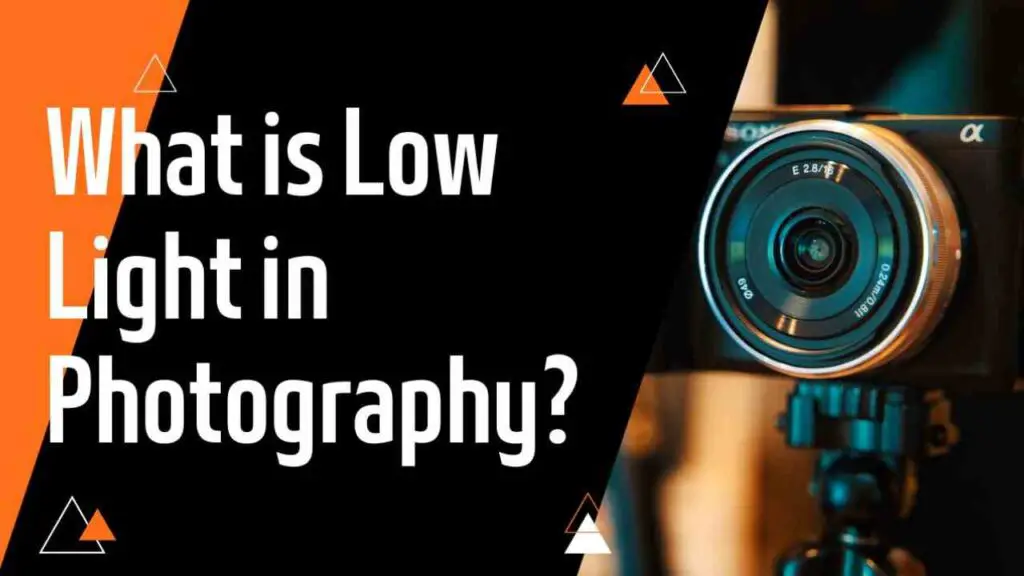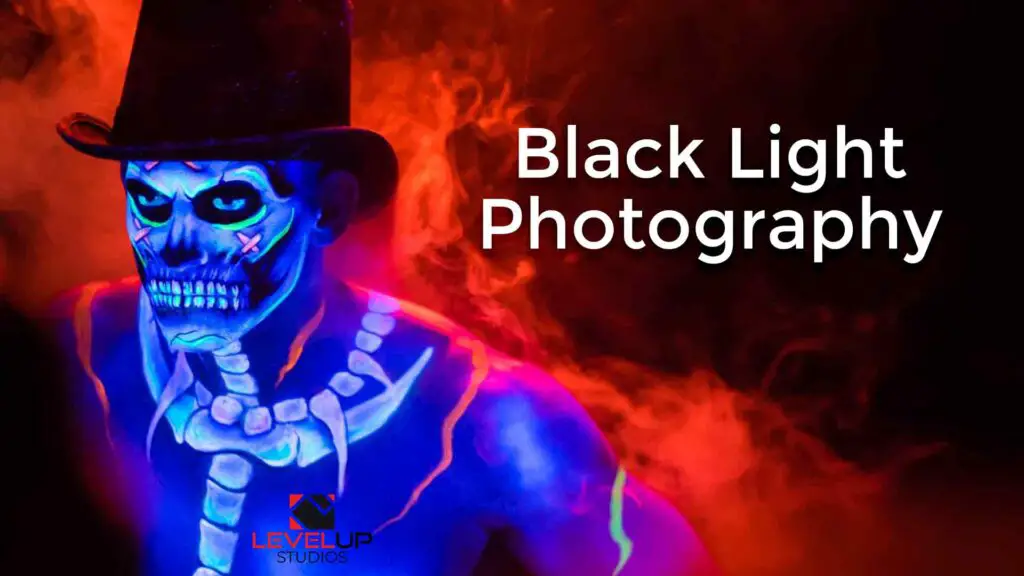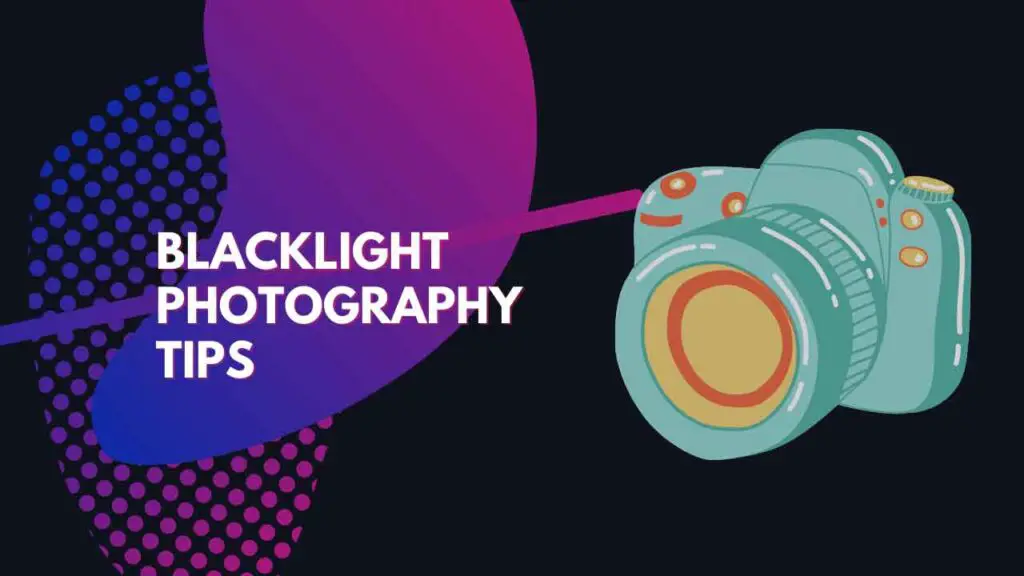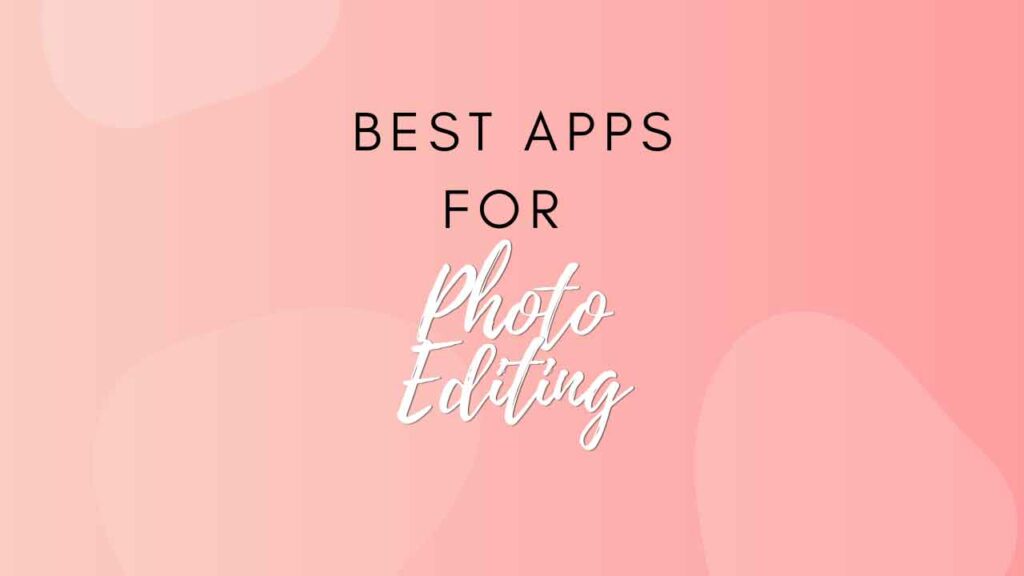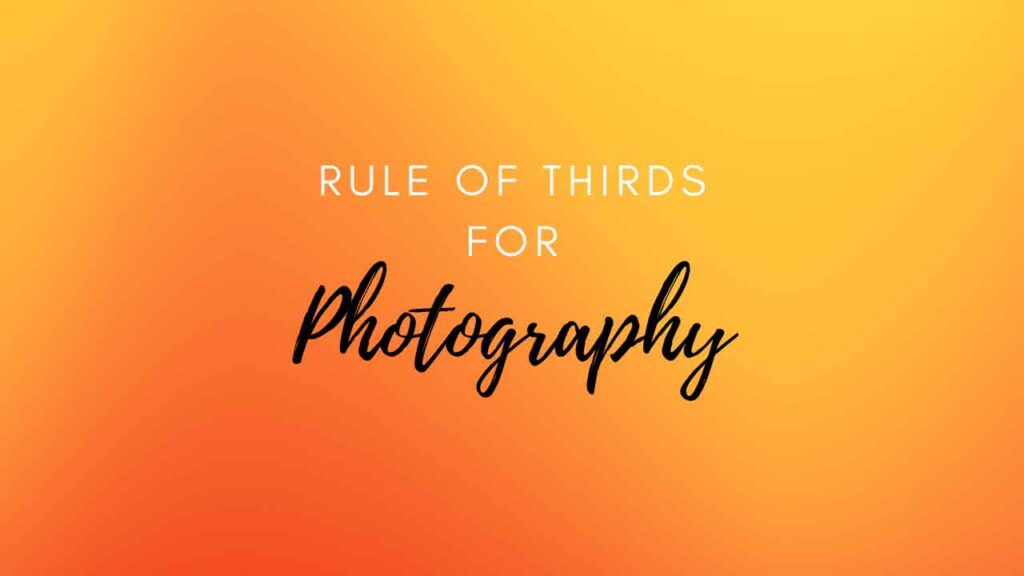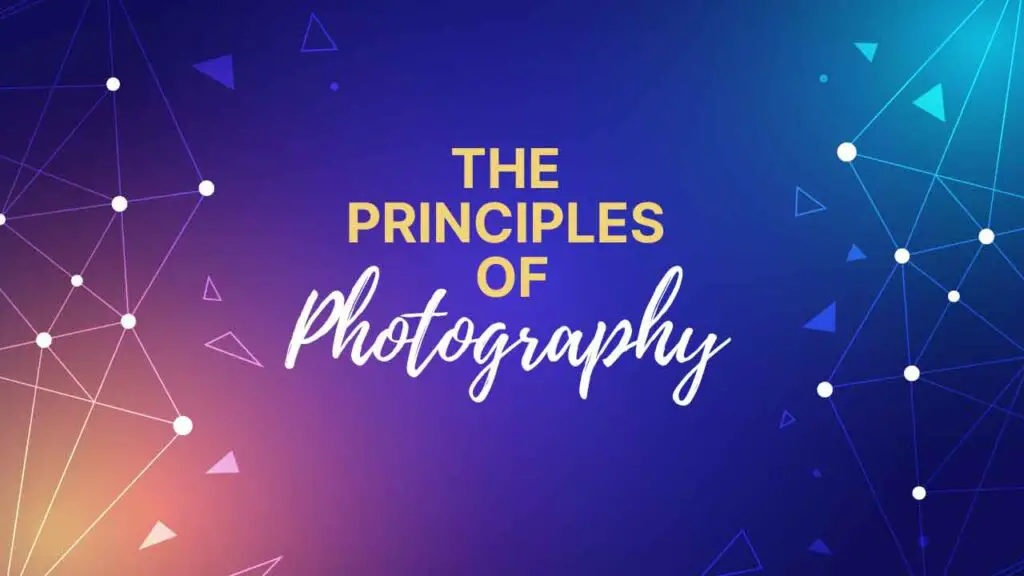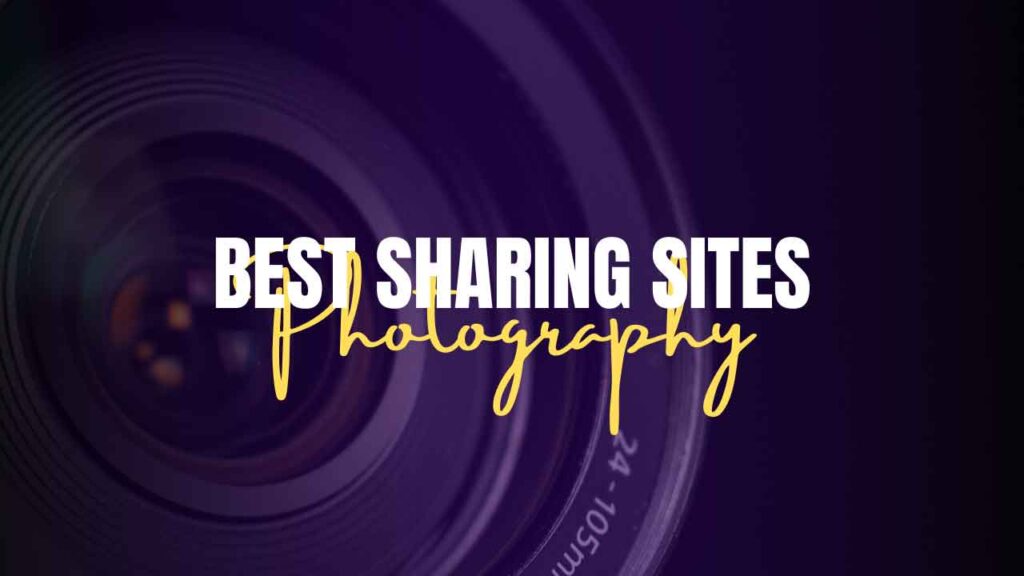THIS ARTICLE MAY CONTAIN AFFILIATE MARKETING LINKS! IN CASE YOU MAKE A PURCHASE THROUGH ONE OF THE LINKS, WE'LL GET A SMALL COMMISSION. WITH NO EXTRA CHARGES TO YOU. THANKS!!
Ever wondered how low light is utilized in photography, and what is low light in photography? Then continue reading as we explore this concept in this article. Venturing into the enigmatic realm of low light photography opens up a world where the dimmest glimmers transform into art. It’s a domain where photographers embrace the shadows, crafting images with the scant illumination of twilight streets, the soft luminescence of moonlight, or the faint glow of distant stars. Low light photography is not merely about capturing images in the dark; it’s about understanding and harnessing the subtle interplay of light and darkness to create atmospheric, evocative, and often dramatic compositions.
As we delve into this article, we’ll explore the challenges and triumphs of low light photography, unraveling the techniques that allow photographers to paint with shadows and capture the unseen beauty of the night. Whether you’re a seasoned night owl or a curious newcomer, prepare to uncover the secrets of making the camera see beyond the capabilities of the human eye, turning the lack of light into a canvas of endless possibilities.
What is Low Light in Photography?
Low light photography is a genre that thrives in the absence of abundant illumination, where photographers must navigate the nuanced landscape of dimly lit environments to capture compelling images. It’s a realm defined not by the light that is present, but by the light that is scarce, often pushing the limits of both the camera and the photographer’s skills. In these settings, which can range from the blue hour of early dawn to the shadowy corners of an indoor space, the camera’s sensor struggles to gather enough photons to render a clear image, leading to unique challenges such as increased noise, motion blur, and loss of detail.
The photographer’s response to low light conditions is a delicate balance of technical adjustments and creative problem-solving. Camera settings are meticulously tweaked: apertures are opened wide to f/2.8 or beyond, shutter speeds are slowed to the brink of handheld capabilities, and ISO levels are elevated, sometimes reaching into the thousands, to compensate for the lack of light. These adjustments, while necessary, come with trade-offs—wider apertures narrow the depth of field, slower shutter speeds may introduce blur from camera shake or subject movement, and higher ISOs can result in grainy textures that obscure fine details.
Despite these challenges, low light photography offers a canvas for creativity that is unmatched in well-lit conditions. The interplay of shadow and light, the contrast between the illuminated and the obscured, and the mood set by the mere hint of light sources—be they the soft glow of a candle, the harsh beam of a flashlight, or the ambient spill of a streetlamp—create a stage for dramatic and emotive storytelling. Photographers who master low light photography often find themselves capturing not just images, but atmospheres; not just scenes, but feelings. It’s a pursuit that rewards patience, experimentation, and a deep understanding of one’s equipment and environment.
Starting Low Light Photography
Embarking on the journey of low light photography is an adventure that challenges your technical skills and creative vision. As a beginner, the first step is to familiarize yourself with your camera’s manual settings, as automatic modes often fall short in dark environments. Start by experimenting with a higher ISO setting, which makes your camera’s sensor more sensitive to light, allowing you to capture images in darker conditions. However, be mindful that increasing ISO can introduce noise, so find a balance that maintains image quality.
Next, explore the world of aperture settings. A wider aperture (a lower f-number) allows more light to reach the sensor, making it ideal for low light situations. Pair this with a slower shutter speed to let in more light, but ensure you use a tripod or stable surface to prevent camera shake—a common issue in such conditions.
Low light photography often requires you to push the boundaries of your camera’s capabilities, so shooting in RAW format is beneficial. This format captures all the data from the sensor, giving you more flexibility during post-processing to correct exposure or reduce noise.
Remember, the essence of low light photography lies in capturing the beauty of dimly lit scenes, which means embracing the darkness and using it to your advantage. Look for sources of ambient light, like street lamps or windows, and use them to create interesting shadows and highlights. Practice is key; the more you shoot, the better you’ll understand how to manipulate light and shadow to create atmospheric and compelling images.
As you progress, consider investing in a fast lens with a wide maximum aperture, such as f/1.8 or f/1.4, which can significantly improve your ability to shoot in low light. Additionally, image stabilization, either in the lens or in-camera, can be incredibly helpful in reducing the effects of camera shake at slower shutter speeds.
In summary, starting low light photography is a blend of mastering your camera’s settings, understanding the behavior of light, and refining your post-processing skills. With patience and practice, you’ll learn to capture the elusive beauty that thrives in the shadows, turning the challenges of low light into opportunities for stunning photography.
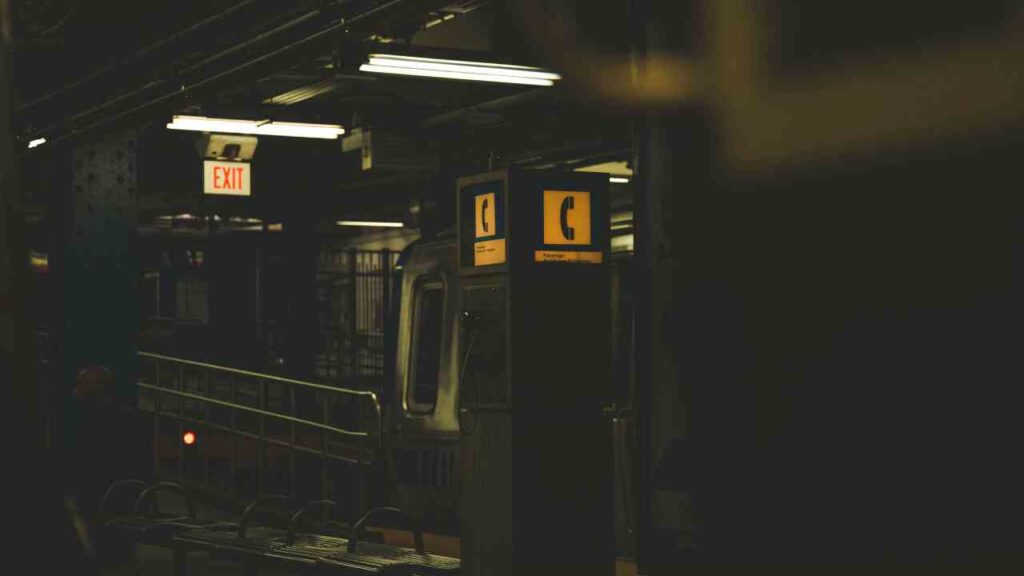
Famous Low Light Photographers
The pioneers of low light photography were instrumental in pushing the boundaries of what could be captured on film, especially under challenging lighting conditions. These early photographers explored the possibilities of capturing images in environments where light was not readily available, paving the way for the techniques and styles that are commonly used today.
One of the earliest figures in the history of low light photography is Joseph Nicéphore Niépce, who created what is widely regarded as the first photograph in 1826 with an exposure time of eight hours. This long exposure was necessary due to the limited sensitivity of early photographic materials to light.
As technology progressed, other photographers began experimenting with night scenes. Edward Steichen is known for his moonlit landscapes and city scenes illuminated by artificial lighting. His work contributed to the Pictorialist movement, which emphasized the beauty and artistic quality of photographs.
Another notable figure is Brassaï, who captured the essence of Parisian nightlife in the 1930s. His long exposure photographs of lit bridges, streets, and cars under the cover of darkness are celebrated for their ability to convey the atmosphere of the city at night.
In the realm of flash photography, Weegee (Arthur Fellig) is a standout name. His candid flash photography captured the raw and often gritty life of New York City during the 1930s and 40s. Weegee’s work is characterized by its stark lighting and unflinching portrayal of his subjects.
These pioneers, along with others like Imogen Cunningham and Edward Weston, who were among the first to explore low-key photography, have left a lasting impact on the art form. Their innovative use of available light, long exposures, and flash photography laid the groundwork for the diverse and dynamic field of low light photography we know today.
Conclusion
In the quietude of twilight or the stillness of a room lit only by the flicker of a candle, low light photography emerges as a profound testament to the photographer’s ability to see beyond the ordinary. It is in these subdued moments that the camera becomes an extension of the artist’s eye, capturing not just images, but the essence of serenity, solitude, and mystery that low light conditions bestow upon a scene. This genre of photography invites us to embrace the darkness, to find beauty in the shadows, and to tell stories that are only whispered in the hush of dimly lit environments.
Low light photography is a dance with the elusive, where photographers must balance the technical challenges of capturing sharp, noise-free images with the artistic pursuit of conveying mood and atmosphere. It is a skill that requires patience, practice, and a willingness to explore the boundaries of one’s equipment and environment. The results, however, are often rewarding, yielding photographs that resonate with emotion and depth, that speak of moments suspended in time, and that reflect a world seen through a different lens—a lens that is attuned to the subtleties of light and the nuances of darkness.
As we conclude our exploration of low light photography, we are reminded that it is not just a technical skill to be mastered, but a form of visual poetry that celebrates the interplay of light and shadow. It is a reminder that in the absence of light, there is still much to be seen, much to be felt, and much to be captured.
For the photographer willing to venture into the dim and the dusky, the rewards are images that are as compelling as they are evocative, as rich in narrative as they are in tone. Low light photography, therefore, stands as a beacon for all who seek to push the limits of their creativity, to discover the unseen, and to illuminate the stories hidden in the night.
